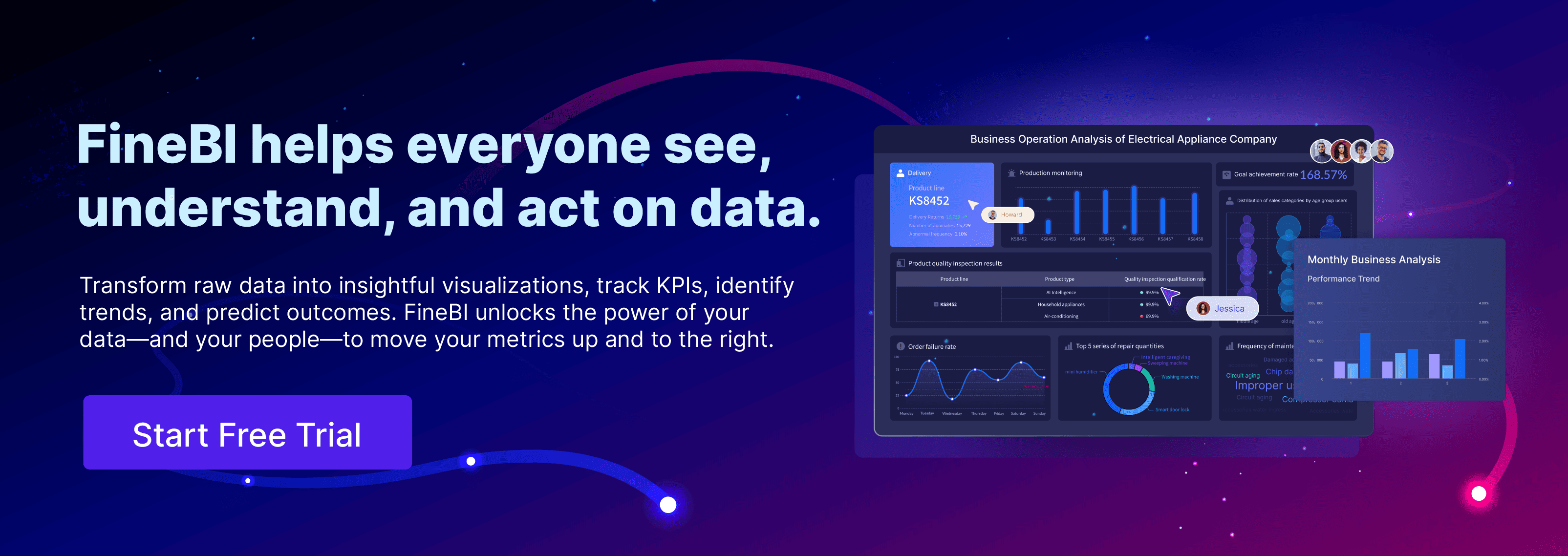A pareto chart gives users a simple way to see which problems matter most. This chart uses bars and a line to show which issues or causes have the biggest impact. The pareto principle, also known as the 80/20 rule, suggests that about 80% of problems come from just 20% of causes. By focusing on these top causes, businesses can solve most of their issues quickly. Many teams use the pareto chart to organize problems by size or cost, making it easier to decide where to act first. FanRuan and FineBI help organizations create pareto charts and make better data-driven decisions.
Pareto Chart Basics
What Is a Pareto Chart?
A pareto chart is a special type of vertical bar chart that helps people find the most important factors in a set of data. It combines bars and a line to show both the size of each category and their total impact. The chart uses several key parts to make data easy to understand:
- Bars represent different categories, arranged from longest to shortest. This order highlights which categories have the biggest effect.
- The left vertical axis shows the measurement scale, such as frequency, cost, or time. This axis helps users see how much each category matters.
- The right vertical axis displays percentages. This shows how much each category adds to the total.
- A cumulative percentage line connects points above the bars. This line shows how the categories add up, making it clear which ones deserve the most attention.
This structure allows teams to spot the "vital few" problems that cause most of the issues. By focusing on these, organizations can improve processes and solve problems more efficiently.
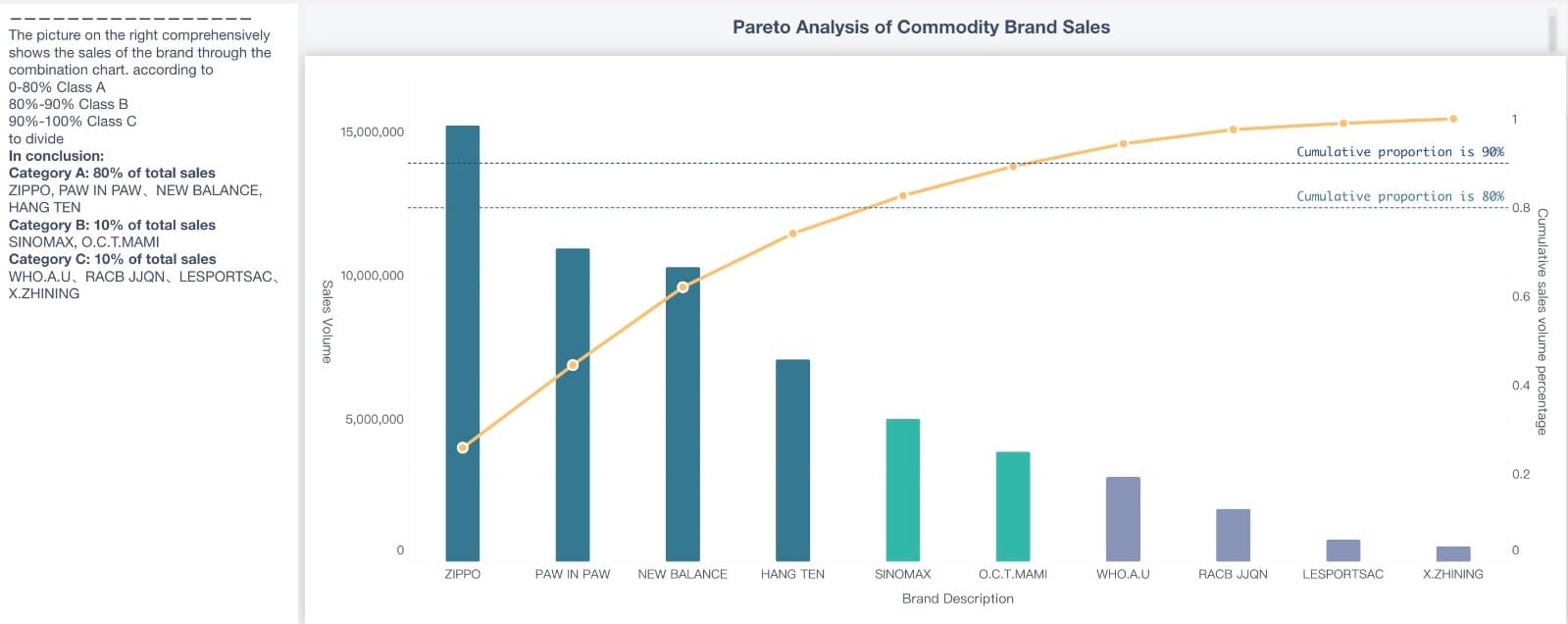
Pareto Principle Explained
The pareto principle, also called the 80/20 rule or the law of the vital few, comes from the work of Vilfredo Pareto. He noticed that 80% of Italy’s land belonged to 20% of the people. Later, Joseph M. Juran applied this idea to business and quality control. He found that 80% of problems often come from just 20% of causes. This principle helps people focus on the most important issues instead of spreading their efforts too thin.
The pareto principle appears in many real-world situations:
- Wealth distribution: A small group owns most of the wealth.
- Business profits: Most revenue comes from a few customers or products.
- Software bugs: Fixing a few main bugs solves most errors.
- Time management: People wear a small part of their wardrobe most of the time.
- Sales: A few customers generate most sales.
- Production problems: Most defects come from a few causes.
This principle guides companies to use their resources wisely and make the biggest improvements with the least effort.
How Pareto Chart Works
Identifying Key Issues
A pareto chart helps teams find the most significant problems in a process or system. To use this quality management tool effectively, teams follow a series of steps to identify the critical few issues that cause most of the trouble. The process includes:
- Define the problem or situation that needs improvement.
- List all categories or factors that contribute to the problem, such as customer complaints or types of defects.
- Choose a measurement for each category. This could be frequency, cost, or time.
- Specify the time period for collecting data, like a week or a month.
- Gather and record data for each category.
- Add up the measurements for each category.
- Sort the categories in descending order, placing the largest contributors first.
- Calculate the cumulative percentage for each category.
- Use the 80% cumulative percentage as a cut-off to select the vital few categories.
- Group the less important categories as "other" to keep the focus on the most impactful issues.
Tip: By following these steps, teams can separate the vital few and trivial many. This approach ensures that resources target the areas with the greatest potential for improvement.
Interpreting the Pareto Diagram
Once the pareto chart is complete, teams can interpret the results to guide their actions. The bars show which categories have the highest impact, while the cumulative line reveals how quickly the categories add up to most of the problem. A steep cumulative line means that a few categories cause most of the issues. These categories are the critical few.
For example, if a company tracks the frequency of defects in a product, the pareto diagram will show which defect types occur most often. The cumulative line helps managers see how addressing just a few defect types can solve most of the quality issues. This visual analysis makes it easier to evaluate quality issues and communicate priorities to the team.
Pareto charts also work well for analyzing customer complaints or help desk service complaints. By focusing on the categories that make up about 80% of the total, organizations can make the biggest improvements with the least effort.
Create a Pareto Chart with FineBI
Data Collection and Preparation
Teams begin by collecting data relevant to the problem they want to solve. FineBI supports connections to many data sources, such as databases, spreadsheets, and APIs. Users select the necessary fields and remove any that do not relate to the analysis. For example, a manufacturing team might collect data on product defects by type and frequency. FineBI allows users to group and summarize this information, making it easier to prepare for visualization. The platform also provides tools to clean and organize the data, ensuring accuracy before moving to the next step.
For more specific details about creating a pareto chart, refer to the help document.
Building the Pareto Chart
FineBI makes it simple to build a Pareto chart through its drag-and-drop interface. The process involves several steps:
- Create an analysis subject by selecting the prepared data set and adjusting field settings.
- Add a calculation field to determine the cumulative proportion, which shows how each category adds to the total.
- Drag the relevant fields to the chart axes, setting the main value (such as defect count) as a bar chart and the cumulative proportion as a line chart.
- Assign the cumulative proportion to the right vertical axis and adjust the display range as needed.
- Sort categories in descending order based on their impact.
- Add a classification indicator to highlight the most significant categories.
- Apply color coding to make the chart easier to read.
- Optionally, add filters or cordons to make the chart interactive.
FineBI also allows users to process cumulative proportions directly in the data set, offering flexibility in how they approach the analysis.
Analyzing Results in FineBI
After building the chart, users can explore the results using FineBI’s interactive dashboards. The platform enables dynamic analysis, letting users filter data, adjust time frames, and focus on specific categories. Real-time data analysis ensures that teams always work with the latest information. FineBI’s visualization options help users spot trends and communicate findings clearly. Manufacturing teams benefit from these features by quickly identifying key issues and prioritizing improvements. Business users can independently create and share insights, supporting faster and more informed decision-making.
Tip: FineBI’s self-service analytics and real-time capabilities empower teams to act on data without waiting for IT support.
To unlock more functions of FineBI, refer to the product guide.
Benefits of Pareto Chart
Prioritizing Improvements
Pareto analysis gives organizations a clear way to focus on what matters most. When teams use this method, they can quickly spot the few causes that create most of the problems. This focus leads to faster and more effective problem-solving. Many companies have seen real improvements after using this approach:
- A manufacturer found that one material flaw caused most defects. By changing suppliers, they cut defects by 50%.
- Teams that focused on the main issues reduced equipment downtime.
- Production quality and efficiency improved when teams addressed the most impactful problems first.
- Ongoing use of this method supports continuous improvement and helps teams adapt to new challenges.
- By targeting the most important causes, organizations used their resources better and made smarter decisions.
Pareto analysis also helps businesses use their people, time, and money more wisely. By concentrating on the vital few causes, teams avoid wasting effort on less important issues. For example, companies like Microsoft fixed the 20% of bugs that caused 80% of errors, leading to big gains in performance. Visualization tools make it easy to see these priorities and take action.
Tip: Focusing on the most important problems first can lead to faster results and better use of resources.
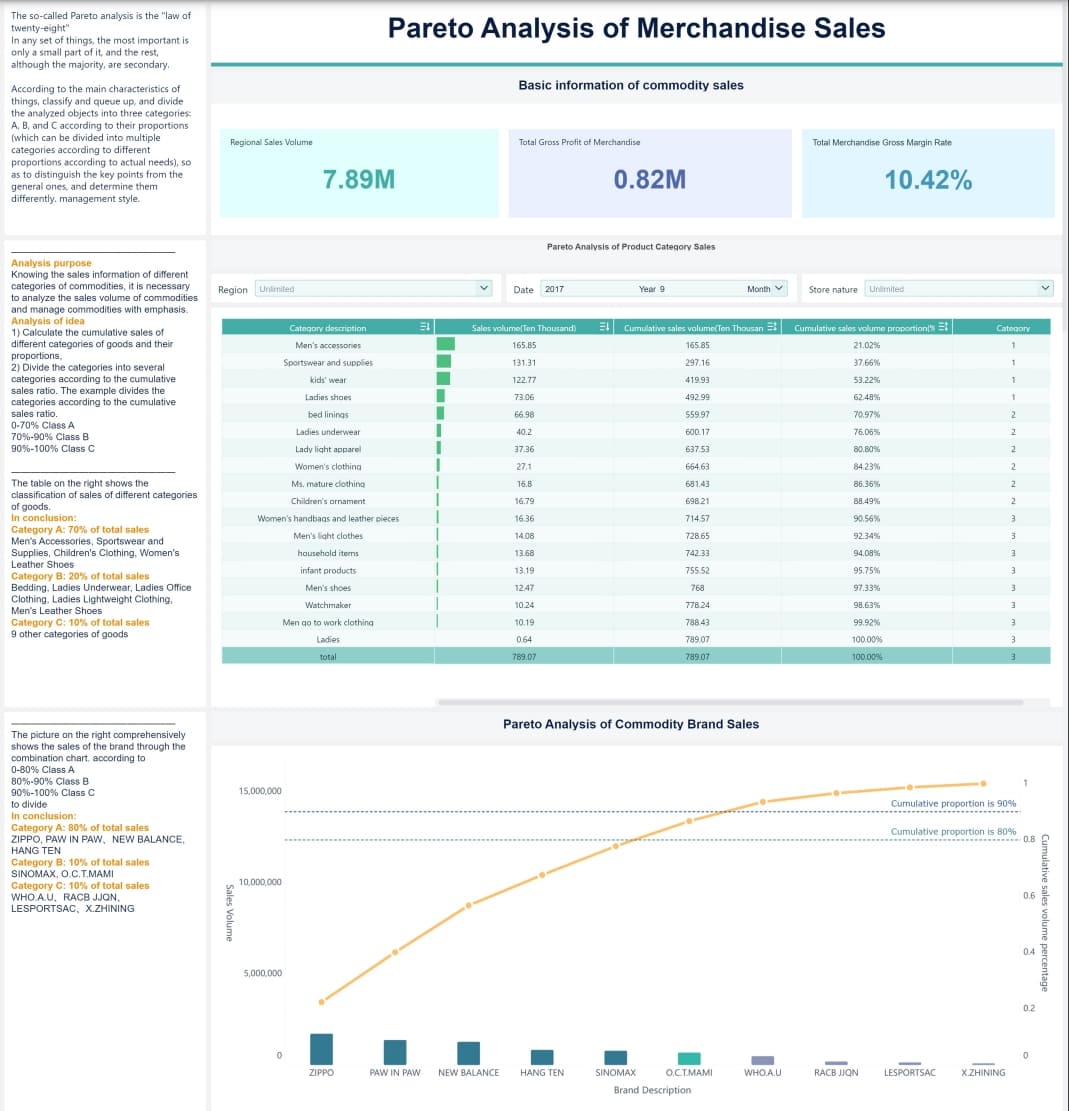
FanRuan Solutions for Business Intelligence
FanRuan empowers organizations to use Pareto analysis for ongoing improvement. FineBI, the self-service analytics platform from FanRuan, helps teams connect to many data sources and build clear visualizations. Users can create interactive dashboards that highlight the most important issues, making it easy to track progress and share insights.
FineBI supports real-time data updates, so teams always work with the latest information. Business users can explore data on their own, without waiting for IT help. This independence speeds up decision-making and helps teams respond quickly to new challenges. With FanRuan and FineBI, organizations can keep improving by always focusing on the issues that matter most.
Continue Reading about Pareto Chart
How DuPont Analysis Helps You Understand Your Business
How to Do Retention Analysis for Business Success
FAQ

The Author
Lewis
Senior Data Analyst at FanRuan
Related Articles
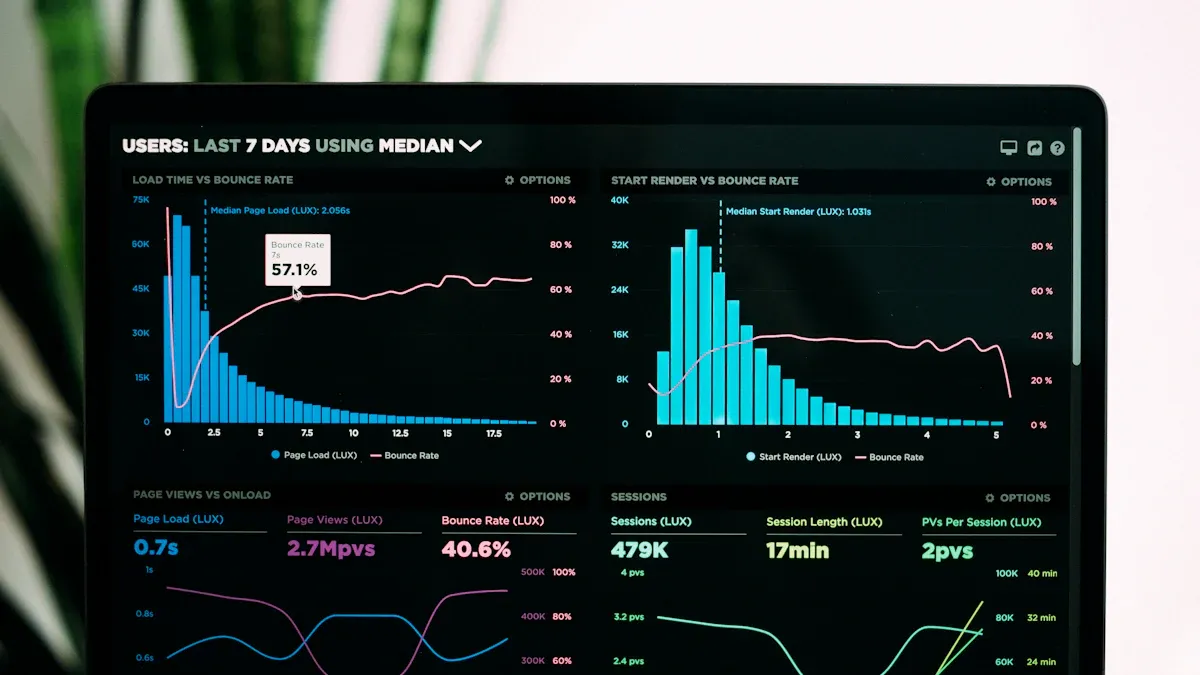
What is Ad-Hoc Analysis and Why is it Important
Ad-hoc analysis lets you answer unique business questions instantly, offering flexible, real-time insights that drive smarter, faster decisions.
Lewis
Sep 16, 2025
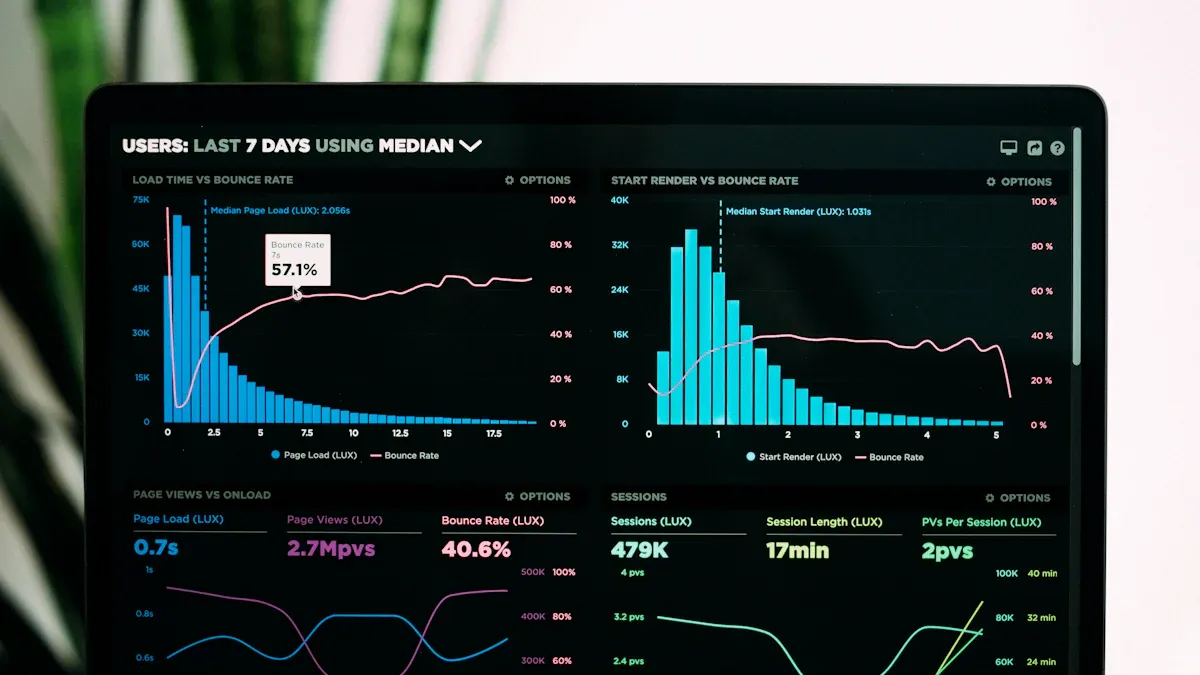
What Is a Data Model and Why Does It Matter
A data model defines how data is structured and connected, making information easier to manage, analyze, and use for smarter business decisions.
Lewis
Aug 04, 2025

Break Even Analysis Made Easy with Practical Step-by-Step Instructions
Break even analysis explained step by step with real examples. Calculate your break-even point, set sales goals, and make smarter business decisions.
Lewis
Jul 16, 2025
